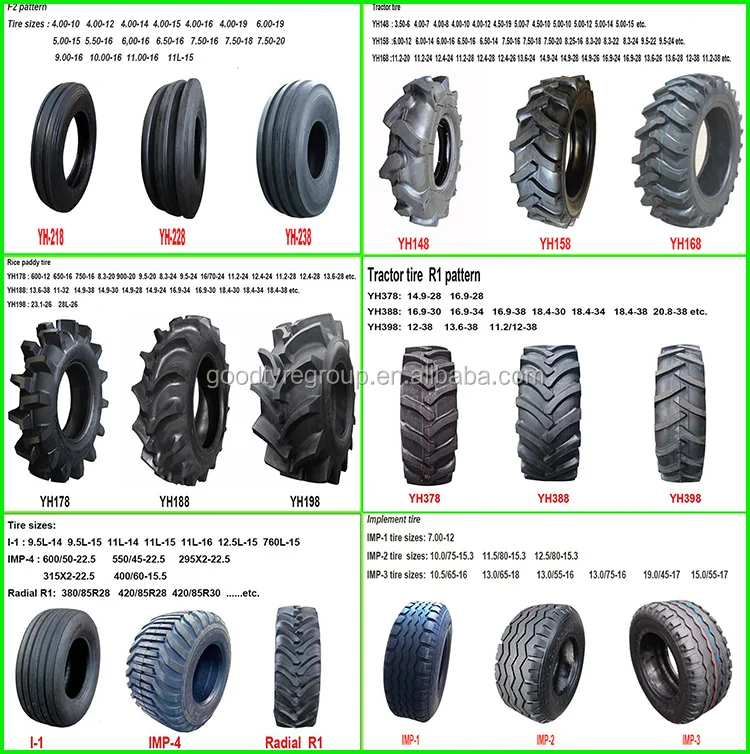I finally got around to putting ballast fluid in my rear tractor tires. This project was long over due. In this post, I cover the basics of tractor ballast, the different ballast fluids available, some different methods for fill your tractor tires and how I filled mine.
First, let’s talk about the basics of ballast. At a basic level, tractor tire ballast, whether in the form of fluid in the tires, or steel wheel weights, gives your tractor better rear wheel traction and both lowers the center of gravity as well as shifts it back toward the rear. A lower center of gravity makes your tractor less prone to tipping over on uneven terrain.
Having good rear ballast is especially important when you have a front end loader like I do. Front end loaders are very heavy. My Kubota LA525 loader weighs 805 lbs, and much of that weight hangs off the front of the tractor, making the front axle act as a fulcrum. The weight of the loader on the front subtracts from the effective weight on the back tires, and moves the center of gravity a lot farther forward.
A heavy load in the loader bucket magnifies this effect and in certain situations can cause the tractor to tip forward and possibly roll over leading to chaos, death and destruction.
Ballast in the rear tires helps to offset the weight of the loader and a load and moves the center of gravity back to a safer point. However, liquid ballast alone is not enough for safely carrying heavy loads in your loader. Adding a heavy implement on the 3 point like a ballast box or brush hog is the best way to ensure your tractor is as stable as possible.
Now, which liquid ballast you choose depends on how cold it gets where you live, how much your willing to spend, and what is available where you live. There are several good resources online comparing the different liquid ballasts but one of the best that I have found is on the Orange Tractor Talks website. This chart summarizes the characteristics of the most common types liquid tire ballast. Below the chart, the article covers pros and cons of each type. I’ll just hit the highlights of each.
Water: Of course, water is the cheapest ballast since it is free, but offers no freeze protection and provides 8.3 lbs of weigh per gallon. So, you have to live in a warm climate to use water.
Calcium chloride: Calcium chloride is widely available can be cheap or expensive, depending on if your tires already have tubes installed or not. Mixed with water, it provides great freeze protection down to -50F and weighs a hefty 11.5 lbs per gallon, but it is highly corrosive and needs to be used in tires with tubes to protect your rims from rusting.
Ethylene Glycol: Ethylene Glycol antifreeze is the same kind that goes in your car’s radiator. It is a widely available, medium-priced solution that when mixed 50/50 with water, offers freeze projection down to -40F. And it weighs about the same per gallon as plain water. The main drawback is that it is very toxic to animals and actually attracts animals because it tastes sweet. So, if you get a leak in a tire, it’s not good news for critters.
Propylene Glycol: Propylene Glycol antifreeze has the same properties as ethylene glycol except that it is non-toxic. It is easy to get but expensive per gallon.
Windshield Washer Fluid: Windshield washer fluid is another popular ballast because of its wide availability and low cost per gallon. Used full strength in tires, it provides freeze protection down to -20F and weighs about the same per gallon as water. However, it is toxic to the environment, but at least it doesn’t attract animals.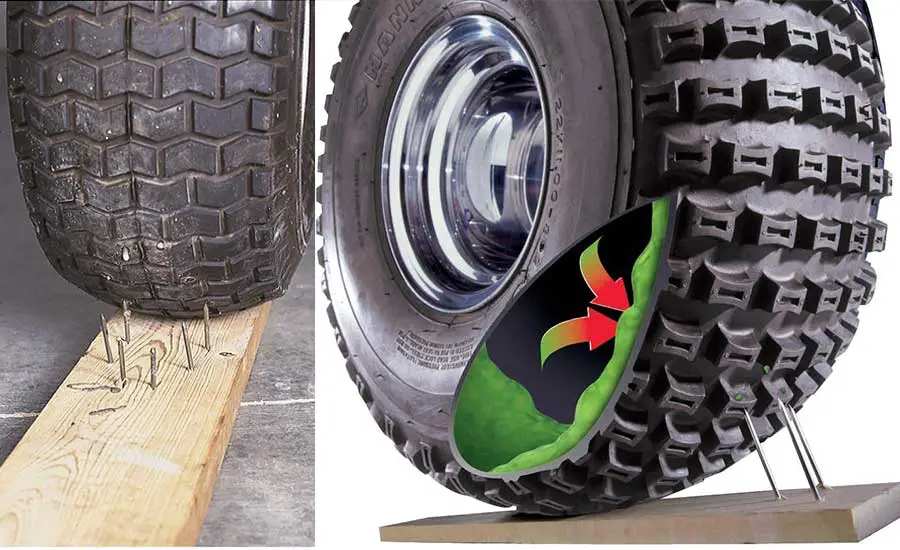
Methanol: Methanol is medium-priced, but highly flammable and must be mixed with water to minimize risk of explosion or fire. It is also toxic, but it can provide freeze protection down to -15F.
Beet Juice: Beet Juice is very expensive, but very effective, with freeze protection down to -35F and weighs almost 11 lbs per gallon. As a plus, it is completely safe and biodegradable. RimGuard is the most well-known brand however, it’s only available through dealer networks and predominately in the northern parts of the US. I can’t get it in Georgia.
Polyurethane foam: Finally, there is Polyurethane foam, which is very expensive, but is freeze-proof and can provide up to 12 lbs of weight per gallon. As a bonus, it makes your tires flat-proof. It is available through dealer networks. One downside worth mentioning is that it also makes for a rough ride on the tractor since there is no cushion in the tire.
I chose windshield washer fluid because of it lower cost and availability.
In particular, I bought Super Tech Windshield washer and de-icer, available at WalMart. Well, sometimes. It seems to be seasonably available. I paid $2.17 per gallon for 60 gallons, which was the best price I could find at the time.
So how did I know how much fluid I needed? That’s where tire ballast fill charts come in. You can find many of them on line. I like the RimGuard tire fill chart.
The chart shows the most common sizes of tractor tires, the number of gallons they hold at a 75% fill level, and the number or pounds added when using RimGuard. My rear tires are 15-19.5 R4s, which hold 29 gallons each at a 75% fill level. So, I need 58 gallons total but I bought 60 gallon in case of an oopsy or two. To get the weight per tire for the ballast fluid of your choice, simply multiply the gallons per tire of your size tire by the pounds per gallon of your ballast fluid. So, in my case it is 29 x 8.3 which is about 240 pounds per tire, or a total ballast weight of 481 lbs.
Now let’s get on with filling the tires. Your tractor should be parked on a flat and level surface. The first step is to safely take the weight of the rear tires. Now you can do this one at a time, but I chose to jack both up at the same time and you’ll learn why later in this article. You just need to raise the tires barely off the floor or ground. My jack stands are rated for 6 ton each so no worries about them not holding the weight.
The tire valve stem needs to be at the 12 o’clock position to fill the tire with fluid. You’ll need a tire valve stem tool to remove the valve core – slowly.
To fill the tires, you will need an air/water adapter kit. You can find them on Amazon or stores like Tractor Supply, which is where I got mine. They cost around $10.
There are several methods for loading liquid ballast into tires. I cover the full details in the video, but here are the basics.
Gravity Fill: The simplest is using a short piece of hose and a 5 gallon bucket that you can put in the seat of your tractor. The hose is connected to the air/water adapter which is screwed tightly onto the valve stem. The other end of the hose sits at the bottom of the five gallon bucket and you start filling the bucket with the ballast fluid of your choice. Gravity does the work from here, but it can be slow going. Occasionally, push the air release button on the the air/water adapter to let the air escape and make more room for liquid.
The hose is connected to the air/water adapter which is screwed tightly onto the valve stem. The other end of the hose sits at the bottom of the five gallon bucket and you start filling the bucket with the ballast fluid of your choice. Gravity does the work from here, but it can be slow going. Occasionally, push the air release button on the the air/water adapter to let the air escape and make more room for liquid.
Transfer Pump: Another popular method is using a transfer pump to load the liquid ballast in the tires as shown in the pictures below. Transfer pumps with garden hose connections are available from many retailers such as Amazon, Harbor Freight and Northern Tool. I got mine from Amazon.
The pump speeds the process up and you just have to keep pouring liquid in the bucket and occasionally stopping the pump and releasing excess air from the tire. Note that transfer pumps are not supposed to be operated dry so priming it by filling the hose with liquid before turning it on is important!
Transfer Pump with Manifold: This method involves building a manifold that attaches to the air/water adapter and allows you to monitor the pressure and release air without wasting any fluid. It is made of 3/4″ PVC pipe and common fittings available at hardware store. This idea came from David Dobb on his DaveKnowsHow YouTube channel and I thought it was brilliant, as so many of his contraptions are. I built my version of the manifold so that the hoses hang straight down to minimize stress on the valve stem.
It is made of 3/4″ PVC pipe and common fittings available at hardware store. This idea came from David Dobb on his DaveKnowsHow YouTube channel and I thought it was brilliant, as so many of his contraptions are. I built my version of the manifold so that the hoses hang straight down to minimize stress on the valve stem.
Here’s a closer look at the parts of the manifold. I use three, ¾” threaded PVC to garden hose adapters. Two garden hose valves. And a typical pressure gauge on the inlet side. Since this manifold is hopefully a one-time use device, I chose parts I could reuse elsewhere. In fact, the pressure gauge ended up replacing the one on our pool pump. I’ll keep the manifold body in case I ever have to fill tires again.
The hose connecting the manifold to the pump output side is a washing machine connector hose with female connections on both ends. The other two hoses can be whatever as long as they have a female connection on one end.
Before starting the pump, I fill the 5-gallon bucket with fluid and the prime the inlet hose.
The tire pressure quickly settled out at 20 PSI, which is perfect!
With the pump running, it was just a matter of keeping the 5 gallon bucket filled with fluid.
Note that the tires fill faster if you occasionally stop the pump, close the manifold inlet valve, then fully open the outlet valve to let excess air pressure out. You might want to pull the return hose out from the liquid as you do this so as to avoid blasting ballast fluid everywhere. Go ahead, ask me how I know this. Once the pressure is relieved, open the inlet valve, turn on the pump, and mostly close the outlet valve.
Once all the fluid is in, I can put the valve core back in the stem and pressurize the tire to about 20 psi, which is all that is needed for liquid filled tires.
So now the process needs to be repeated for the other tire. Again, the valve stem needs to be in the 12 o’clock position, but because I jacked up both rear tires, I can easily do this without moving the tractor. With the clutch locked in the pressed position and the range selector in neutral, I manually rotate the tire so that the valve stem is at 12 o’clock.
With the clutch locked in the pressed position and the range selector in neutral, I manually rotate the tire so that the valve stem is at 12 o’clock.
After filling the tire, I once again reinstall the valve core and pressurize the tire. Now I can safely take the tractor off the jack stands.
I must admit I put off this project because I was intimidated by it, but it turns out to be pretty easy to do if you are careful and have the right tools on hand. So if I can do it, you can do it!
Note: Links to Amazon products are Amazon Associate links that won’t cost you any extra, but will help support my efforts with a small commission on qualified products. Thanks for your support!
Like Loading...
Select Model
Chart is for a gallon of water weighting approx 8lbs per gallon. Water is not a typical tire fill. Methonal Alchol is a more common fill and weights 6.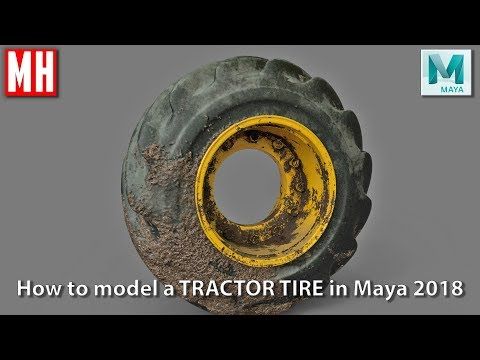 5lbs per gallon. Other fills like Calcium, Beat Juice, etc can be varying weights.
5lbs per gallon. Other fills like Calcium, Beat Juice, etc can be varying weights.
| TIRE SIZE | GALLONS OF WATER | ADDED WEIGHT (lbs.) PER TIRE |
|---|---|---|
| 4.00-12 | 2 | 17 |
| 4.00-15 | 2.5 | 21 |
| 4.00-19 | 3 | 25 |
| 5.00-15 | 3.5 | 29 |
| 5.50-16 | 5 | 42 |
| 6.00-12 | 4.5 | 37 |
| 6.00-14 | 5 | 41 |
| 6.00-16 | 6 | 50 |
| 6.50-16 | 7 | 58 |
| 7.50-10 | 6 | 50 |
| 7.5L-15 | 8 | 66 |
| 7.50-16 | 9 | 75 |
| 7.50-18 | 10 | 83 |
| 7.50-20 | 11 | 92 |
| 9.00-10 | 9 | 75 |
9.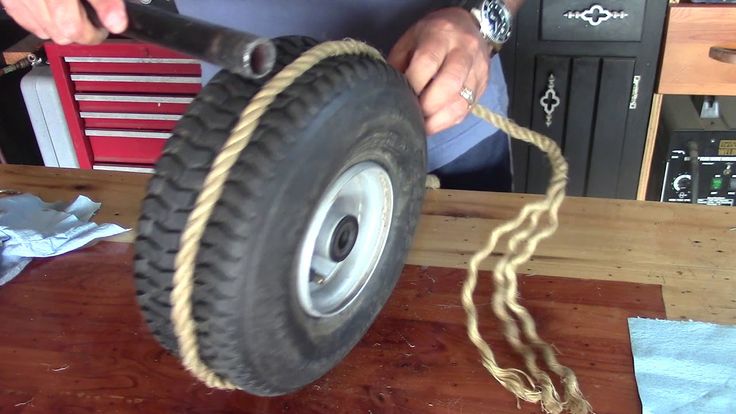 5L-15 5L-15 | 11 | 92 |
| 9.50-20 | 18 | 150 |
| 9.50-24 | 20 | 167 |
| 10.00-16 | 17 | 142 |
| 11.00-12 | 18 | 150 |
| 11L-15 | 13 | 108 |
| 11.00-16 | 23 | 192 |
| 11L-16 | 15 | 123 |
| 14L-16.1 | 27 | 225 |
| 16.5L-16.1 | 42 | 346 |
| 7.2-24 | 9 | 75 |
| 7.50-16 | 9 | 75 |
| 8.3-24 | 13 | 108 |
| 9.5-16 | 12 | 100 |
| 9.5-24 | 17 | 142 |
| 9.5-36 | 25 | 209 |
| 9.5-42 | 29 | 242 |
| 10-16.5 | 12 | 97 |
| 11.2-24 | 24 | 200 |
| 11.2-28 | 27 | 225 |
11.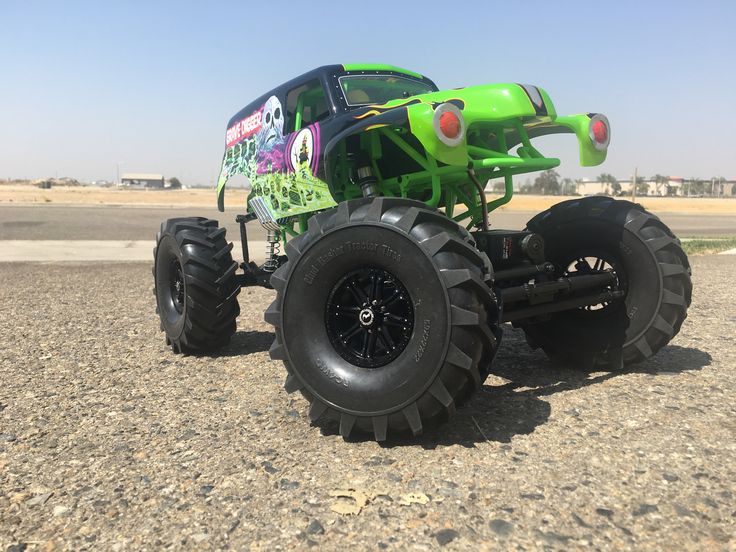 2-34 2-34 | 33 | 275 |
| 11.2-36 | 35 | 292 |
| 11.2-38 | 36 | 300 |
| 12.4-16 | 21 | 175 |
| 12.4-24 | 30 | 250 |
| 12.4-28 | 35 | 292 |
| 12.4-36 | 44 | 367 |
| 12.4-38 | 46 | 384 |
| 12.4-42 | 51 | 425 |
| 13.6-24 | 38 | 317 |
| 13.6-26 | 40 | 334 |
| 13.6-28 | 43 | 359 |
| 13.6-38 | 57 | 475 |
| 14.9-24 | 47 | 392 |
| 14.9-26 | 48 | 400 |
| 14.9-28 | 53 | 442 |
| 14.9-30 | 57 | 475 |
| 14.9-36 | 64 | 534 |
| 14.9-38 | 67 | 559 |
| 15.5-38 | 66 | 550 |
16.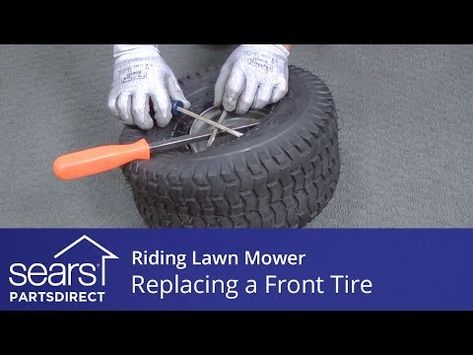 9-24 9-24 | 61 | 509 |
| 16.9-26 | 65 | 542 |
| 16.9-28 | 69 | 575 |
| 16.9-30 | 73 | 609 |
| 16.9-34 | 82 | 684 |
| 16.9-38 | 90 | 751 |
| 17.5L-24 | 55 | 459 |
| 18.4-16.1 | 49 | 409 |
| 18.4-24 | 75 | 626 |
| 18.4-26 | 79 | 659 |
| 18.4-28 | 84 | 701 |
| 18.4-30 | 89 | 742 |
| 18.4-34 | 100 | 834 |
| 18.4-38 | 110 | 917 |
| 19.5L-24 | 73 | 609 |
| 20.8-34 | 128 | 1068 |
| 20.8-38 | 140 | 1168 |
Messick's offers a full line of implements so y...
6We offer field and orchard sprayers from New Ho. ..
..
Most compact tractor buyers are new to the equi...
14We feel strongly that Messick's and our vendors...
25Messick's is the first stop for experienced own...
65Helping you understand basic terminolgy, and th...
21Videos of our customers operating their equipme...
28Messick's offers a complete range of round bale...
39The right landscape equipment can turn a chore ...
8Our precision farming experts can help you sque.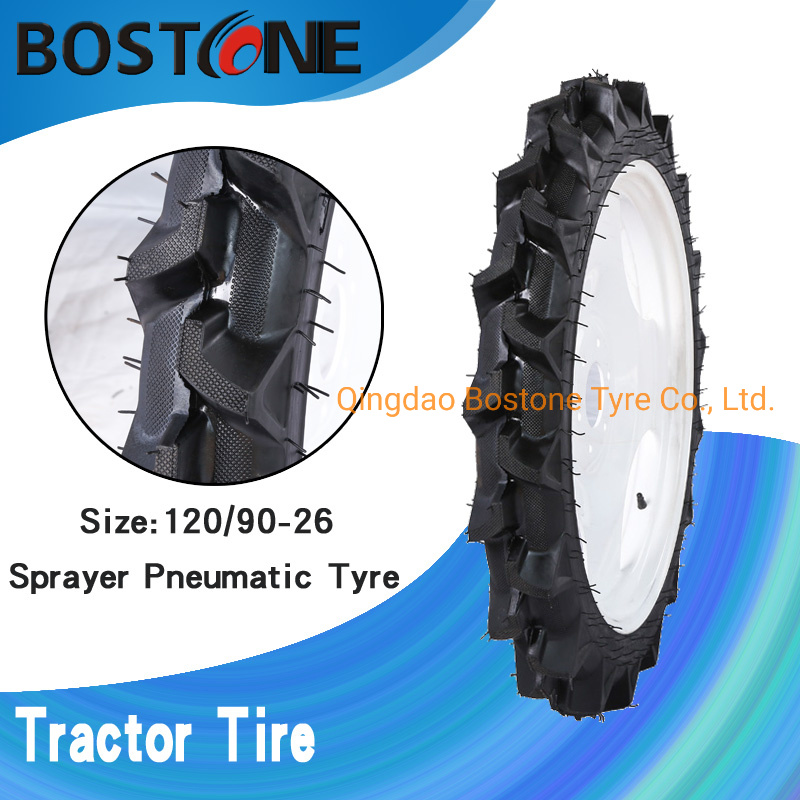 ..
..
Knowing what to look for on a used piece of equ...
18We offer a line of heavy duty tractors for heav...
6If your just getting the mail, or hauling a hea...
Search the catalogs for specific equipment.
OR
[Find by Model]
Currently searching parts for:
None
Choose from your equipment:
None
View My Equipment | Search Without Model
Years ago, American farmers discovered that adding weight greatly improved tractor performance.
One of the benefits is improved grip. When a tractor pulls a heavy plow or disc in viscous arable land, the drive wheels usually lack traction and skid.
Additional ballast increases tractor inertia, smooths out jerks and saves expensive equipment.
The load distribution along the axles is as follows: conventional tractors - 25% on the front axle and 75% on the rear. Mechanical front-wheel drive tractors - 40% on the front axle and 60% on the rear. Tractors with four-wheel drive - 55% on the front axle, and 45% on the rear. nine0003
By adding extra weight to the rear axle, the tires can pull more weight without losing traction. Usually, the driving tires of the tractor are filled, which improves the traction characteristics, the ribs of the tire are better hooked on hard ground.
To ensure longitudinal stability, additional weights are used and water is poured into the tires of the tractor guide (front) wheels. It is preferable to hang removable cast-iron weights, but water is more economical.
Normal water can be used, but it freezes in the cold. Antifreezes based on ethylene glycols and alcohol are also used, but such liquids are too expensive. Successfully used calcium chloride, obtained in powder and mixed with water (30% by volume) before refueling. Its disadvantage is the likelihood of corrosion, so it is recommended to pour it into the tractor tube tire. nine0003
Even inexpensive glass washer fluid is sometimes used. In extreme cases, plain water with salt is poured.
Tractor tire fluid also helps improve heat transfer and more even distribution of excess heat generated in the tire during intensive work.
On older tractors, it was recommended to refuel only the outer tires of the tractor's dual wheel, on modern tractors it is recommended to evenly distribute the mass of liquid on both wheels. It is not recommended to fill radial tires more than 40%. nine0003
For more precise information on axle load distribution, please contact the tractor manufacturer or dealer.
Ballasted anti-freeze liquid usually remains in the tractor wheel for the entire life of the tire. The fluid in the tire has nothing to do with wheel balancing and is used only on tractor equipment.
The weight table is based on the assumption that 75% of the tire volume will be filled with water (by valve level). The use of anti-freeze chemicals can affect the mass of the liquid. nine0003
Tires for agricultural tractors (arable land)
| Tire size | Water, liters | Additional weight per tire, kg |
|---|---|---|
| 4.00-12 | nine | 37.4 |
| 4.00-15 | nine0046 eleven46.2 | |
| 4.00-19 | fourteen | 55 |
| 5.00-15 | 15.9 | 63.8 |
| 5.50-16 | 23 | nine2.4 |
6. 00-12 00-12 | 20.45 | 81.4 |
| 6.00-14 | 23 | 90.2 |
| 6.00-16 | 27 | 110 |
| 6.50-16 | 32 | 127.6 |
| 7.50-10 | 27 | 110 |
| 7.5L-15 | 36 | 145.2 |
| 7.50-16 | 41 nine0047 | 165 |
| 7.50-18 | 45 | 182.6 |
| 7.50-20 | fifty | 202.4 |
| 9.00-10 | 41 | 165 | nine0044
| 9.5L-15 | fifty | 202.4 |
| 9.50-20 | 82 | 330 |
| 9.50-24 | 91 | 367.4 |
| 10.00-16 | nine0046 77312.4 | |
11. 00-12 00-12 | 82 | 330 |
| 11L-15 | 59 | 237.6 |
| 11.00-16 | 105 | nine0046 422.4|
| 11L-16 | 68 | 270.6 |
| 14L-16.1 | 123 | 495 |
| 16.5L-16.1 | 191 | 761.2 nine0047 |
| 7.2-24 | 41 | 165 |
| 7.50-16 | 41 | 165 |
| 8.3-24 | 59 | 237.6 |
| 9.5-16 | nine0046 55220 | |
| 9.5-24 | 77 | 312.4 |
| 9.5-36 | 114 | 459.8 |
| 9.5-42 | 132 | 532.4 nine0047 |
| 10-16.5 | 55 | 213.4 |
11. 2-24 2-24 | 109 | 440 |
| 11.2-28 | 123 | 495 |
| 11.2-34 | 150 | 605 |
| 11.2-36 | 159 | 642.4 |
| 11.2-38 | 164 | 660 |
| 12.4-16 | 95 | nine0046 385|
| 12.4-24 | 136 | 550 |
| 12.4-28 | 159 | 642.4 |
| 12.4-36 | 200 | 807.4 |
| 12.4-38 | 209 | 844.8 |
| 12.4-42 | 232 | 935 |
| 13.6-24 | 173 | 697.4 |
| 13.6-26 | 182 nine0047 | 734.8 |
| 13.6-28 | 195 | 789.8 |
13. 6-38 6-38 | 259 | 1045 |
| 14.9-24 | 214 | 862.4 nine0047 |
| 14.9-26 | 218 | 880 |
| 14.9-28 | 241 | 972.4 |
| 14.9-30 | 259 | 1045 |
| 14.9-36 | 291 | 1174.8 |
| 14.9-38 | 305 | 1229.8 |
| 15.5-38 | 300 | 1210 |
| 16.9-24 | 277 nine0047 | 1119.8 |
| 16.9-26 | 295 | 1192.4 |
| 16.9-28 | 314 | 1265 |
| 16.9-30 | 332 | 1339.8 nine0047 |
| 16.9-34 | 373 | 1504.8 |
| 16.9-38 | 409 | 1652.2 |
17.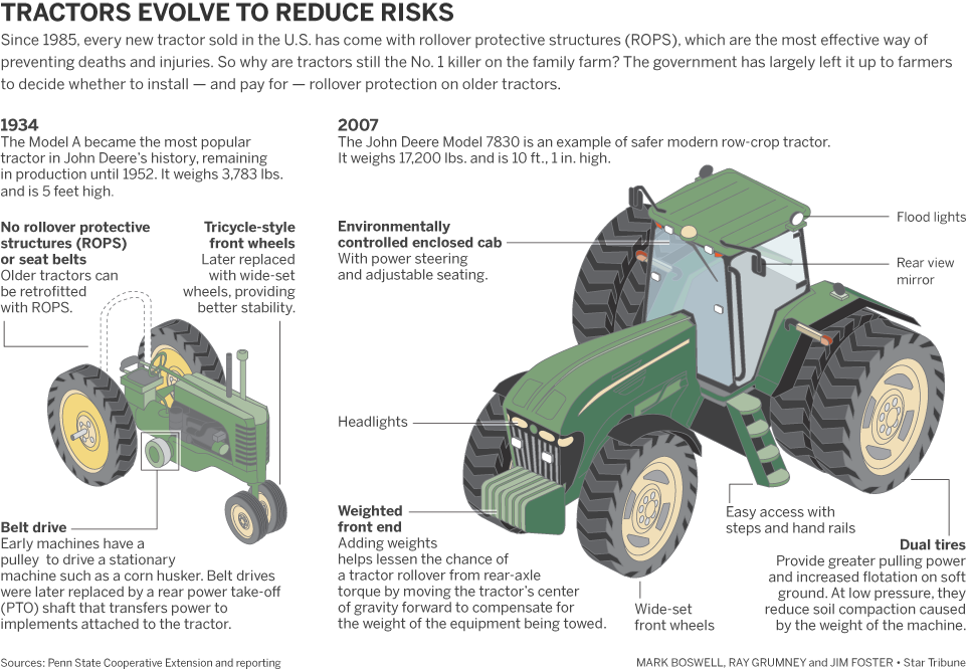 5L-24 5L-24 | 250 | 1009.8 |
| 18.4-16.1 | 223 | 899.8 |
| 18.4-24 | 341 | 1377.2 |
| 18.4-26 | 359 | 1449.8 |
| 18.4-28 | 382 nine0047 | 1542.2 |
| 18.4-30 | 405 | 1632.4 |
| 18.4-34 | 455 | 1834.8 |
| 18.4-38 | 500 | 2017.4 nine0047 |
| 19.5L-24 | 332 | 1339.8 |
| 20.8-34 | 582 | 2349.6 |
| 20.8-38 | 636 | 2569.6 |
Turf tires
| Tire size | Water, liters | Additional weight per tire, kg |
|---|---|---|
23×8. 50-12 50-12 | 27.3 | 110 |
| 23×10.50-12 | 31.8 nine0047 | 127.6 |
| 26×12.00-12 | 45.5 | 182.6 |
| 25×8.50-14 | 31.8 | 127.6 |
| 25×7.50-15 | 27.3 | nine0046 110|
| 25×10.50-15 | 31.8 | 127.6 |
| 25×12.50-15 | 36.4 | 147.4 |
| 27×8.50-15 | 31.8 | 127.6 nine0047 |
| 27×9.50-15 | 40.9 | 165 |
| 27×10.50-15 | 45.5 | 182.6 |
| 29×12.50-15 | 63.6 | 255.2 | nine0044
| 31×12.50-15 | 81.8 | 327.8 |
| 31×13.50-15 | 86.4 | 347.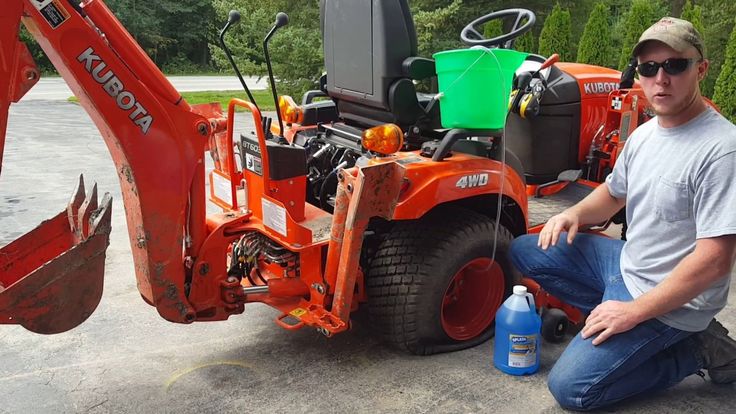 6 6 |
| 31×15.50-15 | 90.9 | 365.2 |
| 33×12.50-15 | 100 | 402.6 |
| 44×18.00-20 | 254.5 | 1047.2 |
© Text: Vladimir Sinkov, Starko St. Petersburg
Photo: Deere & Company
Return to list
Water or water based solutions are used for weight gain and this procedure is called ballasting.
Ballasting is an economical way to increase the traction and ultimately the drawbar pull of your tractor. Less "grinding" of the rear wheels reduces fuel consumption, and the tractor will also be able to pull larger and heavier implements. nine0003
Liquid ballasting a tire has the same effect as a metal weight - it places the liquid ballast at the lowest center of gravity on the tractor. While the tractor is moving, the weight of the ballast fluid is kept at the bottom of the tire under all circumstances. The operator will definitely notice a noticeable improvement in the handling characteristics of the tractor. The tractor has more weight, so it has more inertia when moving and is more likely to pass the bumps in its path without problems. nine0003
While the tractor is moving, the weight of the ballast fluid is kept at the bottom of the tire under all circumstances. The operator will definitely notice a noticeable improvement in the handling characteristics of the tractor. The tractor has more weight, so it has more inertia when moving and is more likely to pass the bumps in its path without problems. nine0003
There are various liquid fillers such as water, beetroot juice, antifreeze or calcium chloride, each with its own advantages and disadvantages. If the temperature in your area does not drop below zero, then you will probably be fine with simple ballast water.
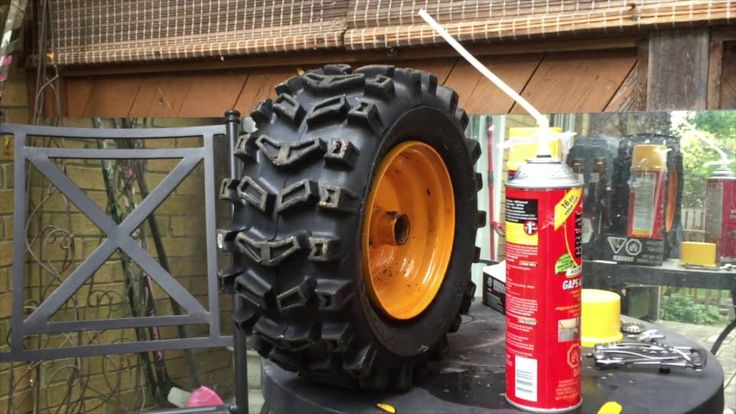 Mix water with antifreeze in a ratio of 50/50.
Mix water with antifreeze in a ratio of 50/50. 
